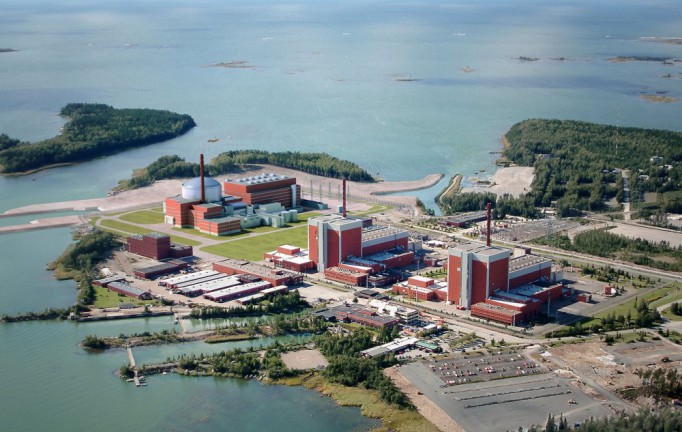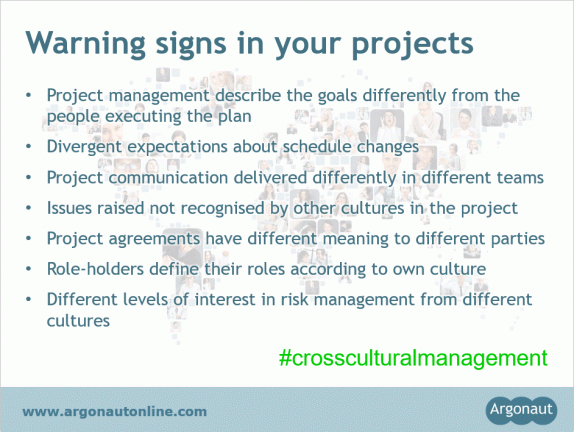The world’s most expensive building
Jan 18, 2016 · by Lauri Ilomäki

Some people say that the world’s most expensive building is not the Taj Mahal in India nor any of the towering hotels of Dubai. Well, others say it is a nuclear power station under construction by a French company in Northern Finland.
This mega project has been going for over a decade and has made huge losses for the French company AREVA through delays in construction and starting electricity generation – by 2016 many years behind the original schedule.
Business goals and profession may unify us, but culture gives us diverse ways of working
There are significant differences in belief and behaviour between Latin countries in Europe on the one hand (take Italy, France and Portugal as example) and Nordics such as Swedes and Finns on the other. Northern and Southern Europe are different, when we look at population level. This is also true in international joint ventures, acquisitions and mergers – even when there are strong uniting factors such as common industry, engineering culture and business goals.
I wonder if these cultural factors have a role in the project. Have they contributed to the delays, misunderstandings and problem solving?
Different cultures, different approach to specifications
One insider view is that the specifications were not good enough: nobody knew what they were getting into.
In my experience, this is actually quite common in big infrastructure projects. The specifications have a tendency of changing during the implementation. In normal circumstances, people would meet, discuss and resolve the problems from a technical or business perspective. This is how bridges and airfields are built. The changes are managed and the project moves on.
Did the Finns and the French really recognise and manage the cultural gaps they both know exist? Were cultural issues a part of the risk management of this nuclear plant project?
Warning signs in your projects
- Project management and implementation teams describe the plan in different ways
- Divergent expectations about schedule changes
- Project communication delivered differently in different teams
- Project agreements have different meaning and significance to different parties
- Issues raised in one cultural style not recognized/understood by another
- Project roles defined in a way that conflicts with the cultural assumptions of the role holder
- Different levels of investment into risk management from different cultures
Stress-testing your project plan against cultural differences
We are told that the plant is airplane crash-proof and tsunami proof (no tsunamis recently in the Baltic Sea, but better safe than sorry). I suggest that the project plan was not properly stress-tested against known cultural differences.
If AREVA and the buyer TVO had executed even some pro-active cultural competency training would we in fact be much better off with the project, costs and the production of electricity?
Whether we deal in megaprojects or everyday work of teams and organisations, we need to ask: has our project itself been bomb-proofed against cross-cultural misunderstandings?
Photo credit Teollisuuden Voima Oy.

